Thank you again for braving the blizzard to celebrate, connect with great food, and 'planting an orchard'! Just imagine all those future cherry trees (don't forget to squat:-).
I am so uplifted from all the good vibes, intentions, laughter and seeds shared and planted.
We were able to raise $850.00 in funds! This will go a long way, thank you! Additionally, with all the seeds donated today and from what I've gleaned from others, The women growers in the Sine-Saloum region will be able to plant out a couple hundred row feet/farm. In the past we've planted shared 'demonstration beds' ie since many of the farmers share space/land to grow on we've constructed seeds beds to trial different varieties, plant insectory herbs and flowers and share techniques. From there seeds are harvested and shared forward amongst the individual farmers. So in essence your generosity helped plant teaching/learning/eating/
sharing beds of veggie, herb, and flower goodness!
I will honor my commitment and extend the immense gratitude, generosity that was shared during the workshop with the women farmers in the following ways:
Work with NCBA CLUSA Farmer to Farmer Program to transfer funds and mail seeds.
I'll also email and share highlights, photos forward later this week in celebration of our workshop success.
I am tentatively set to travel there Nov/Dec. or January in 2016.
I also finally remembered the name of third grower group, JUBO (means widespread). If you're interested in learning more about how they got started, here's a link to an interview I did as part of my last Farmer to Farmer adventure in Senegal.
I Will keep you in the loop as the project evolves and thanks again for sharing your generous spirit!
For the chocolate lovers:
Becky Otte, who made the amazing truffles, has more of her chocolate goodness to share and is selling some of her creations just in time for Valentines. if you're interested send her an email: raonine@gmail.com
Also Here is a link to Roots Chocolate website.
For the Fruit Lovers:
I've enclosed a handout of some of the different fruits we grow at our farm as well as a flyer highlighting this season's events at the farm! We'd love to have you venture out and tour the orchard, come visit us (though not nearly as cool as the orchard poses we did during the workshop).
Thank you again for helping me transition from being a butterfly weed seed (ie wind pollinated, not knowing where or how my intentions, projects might stick) to more of an oak or cashew seeds - wherein I can deepen my awareness, provide support in the same place(s) in Senegal for the growers and in my backyard in Wisconsin:-). Here's to planting the seeds of the as yet to be imagined on and off the yoga mat! Wishing you all much abundance.
Happy Mid-winter!
Yours in hardy kiwi,
Erin
PS If you are into exploring the planting side as well as enjoying more local fruit creations, we'll be hosting a Local Fruit Tasting May 16, details on our website.




